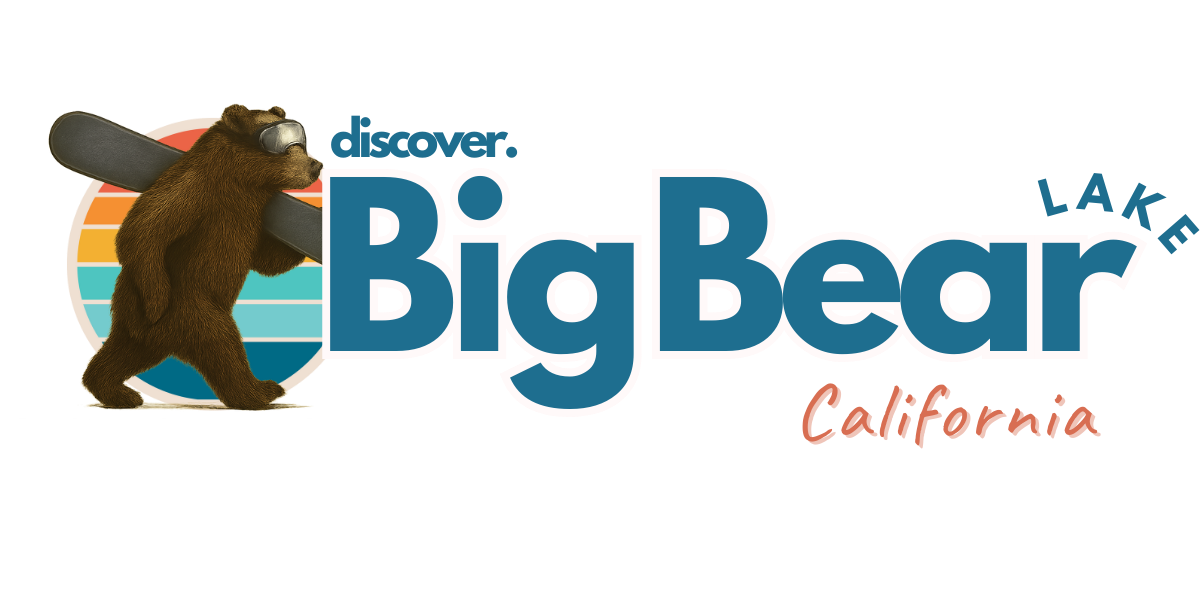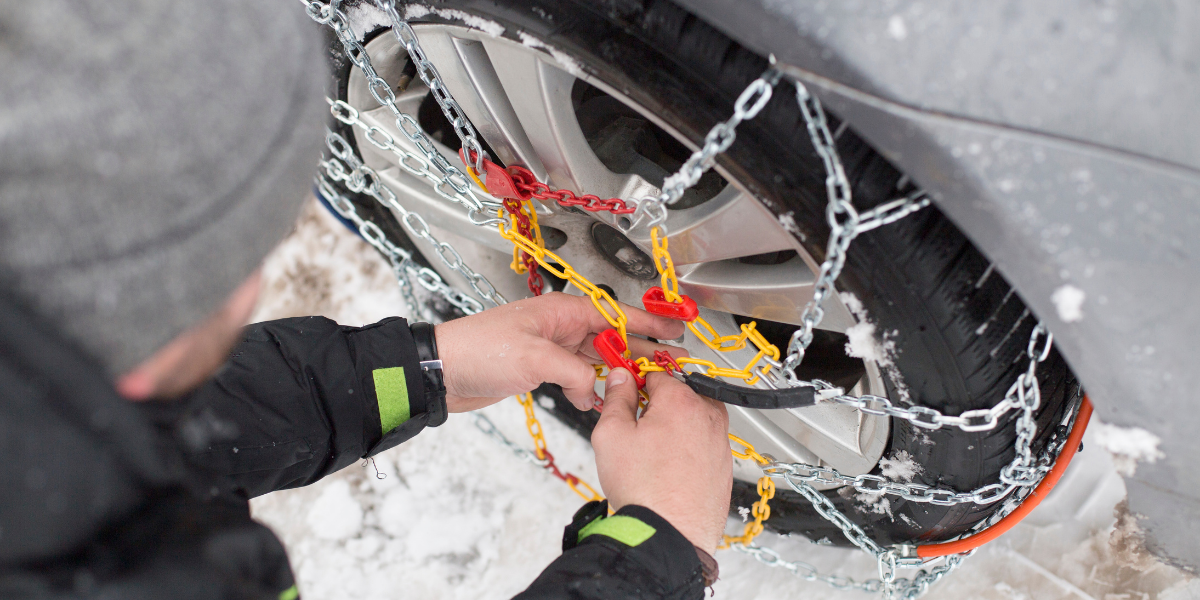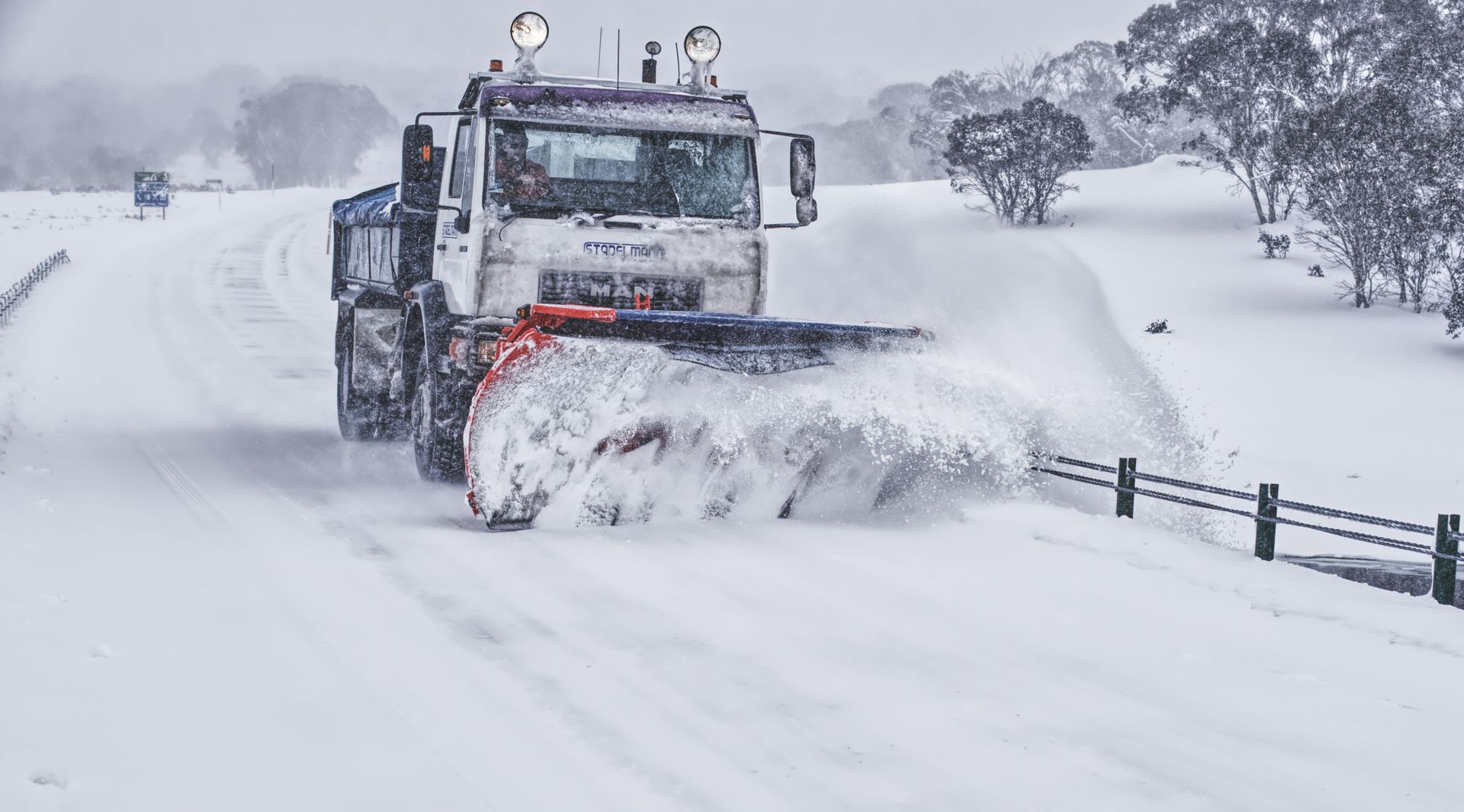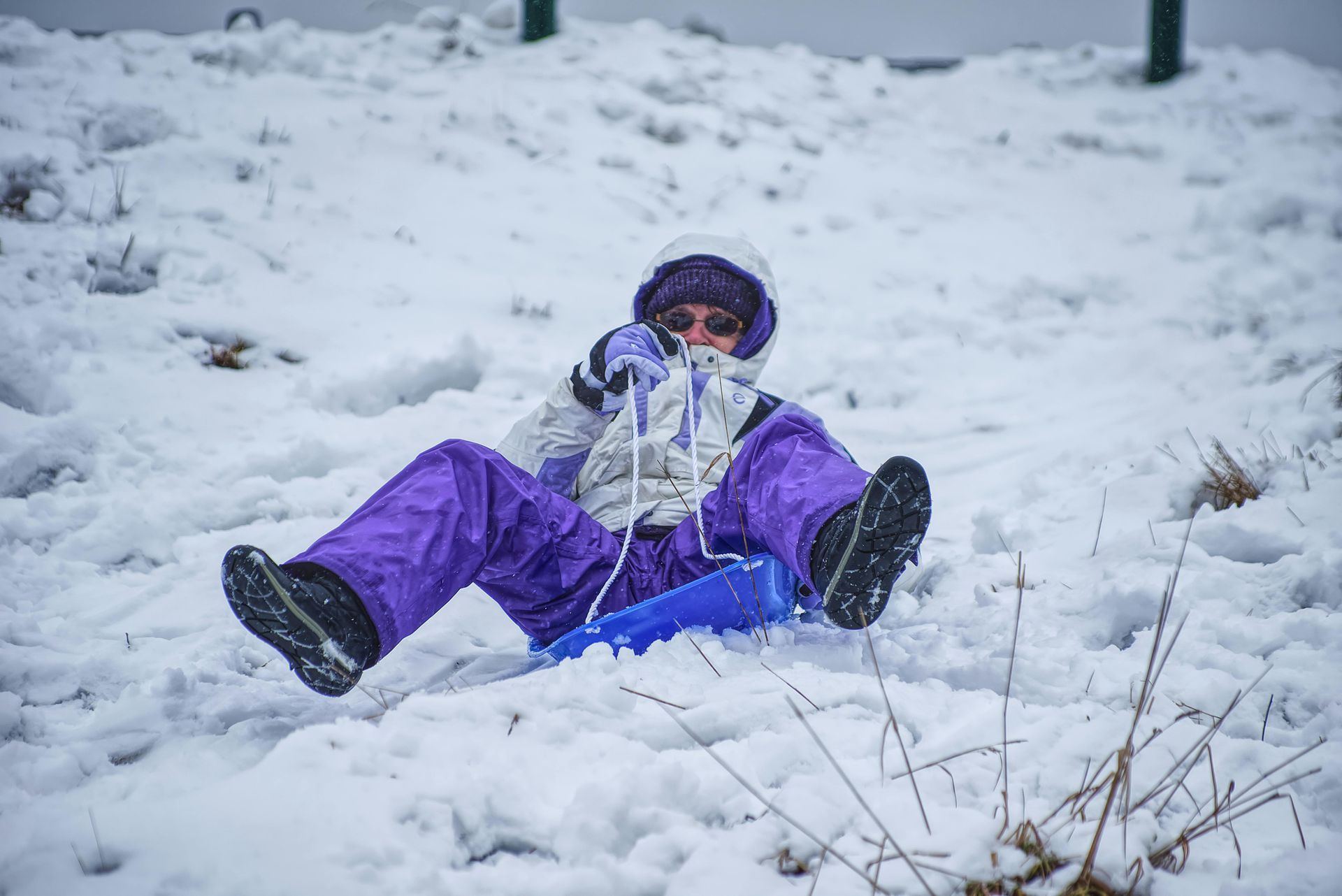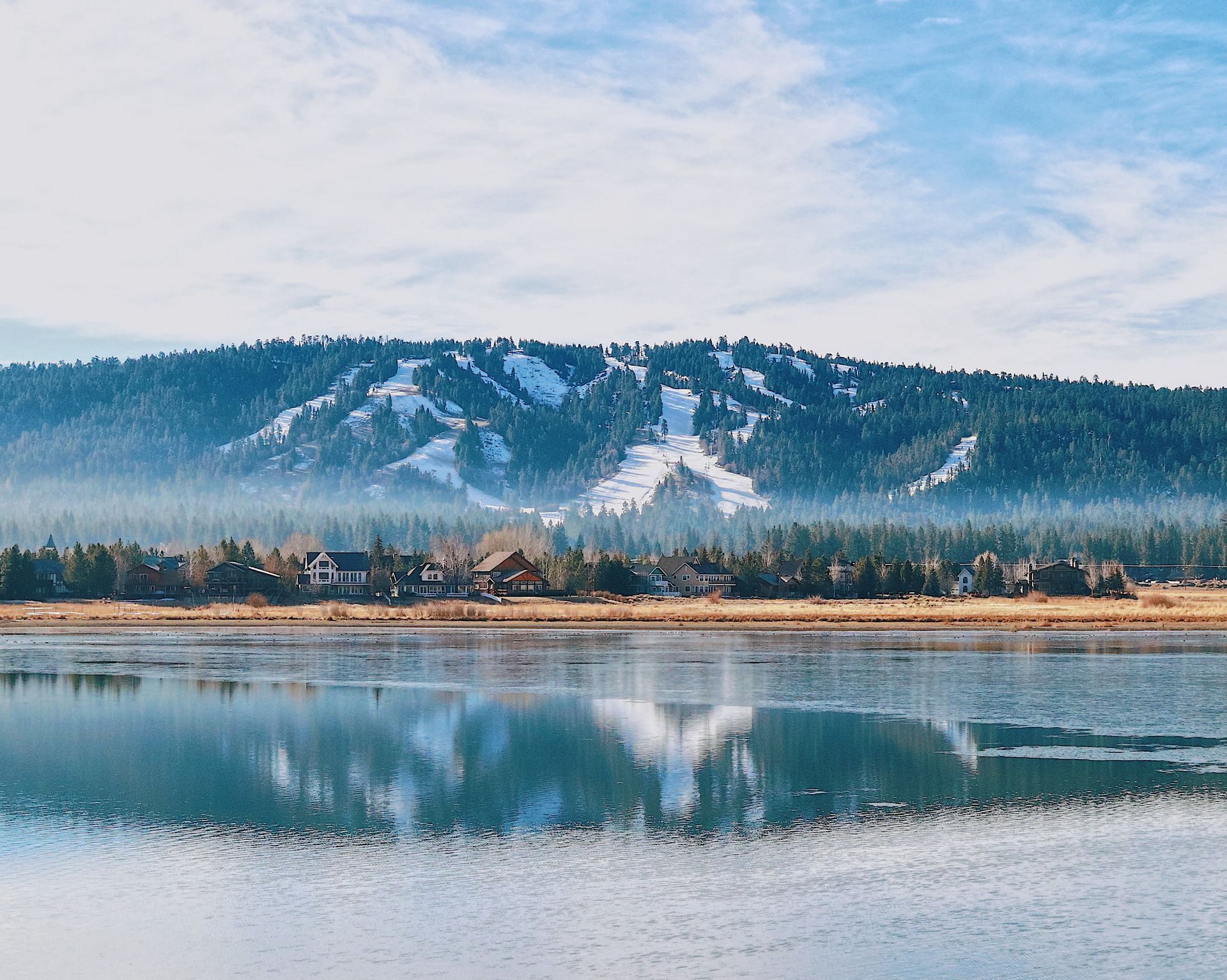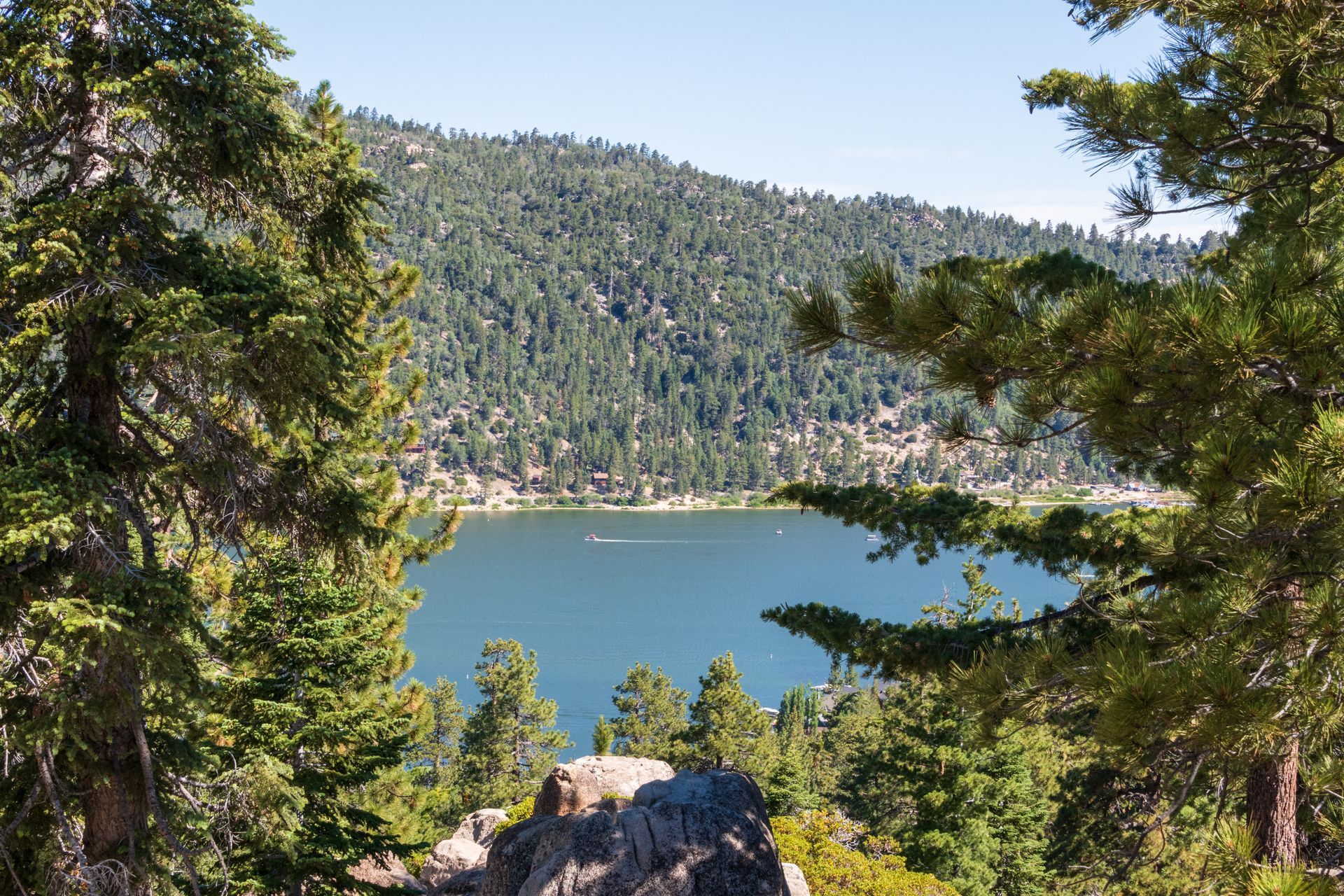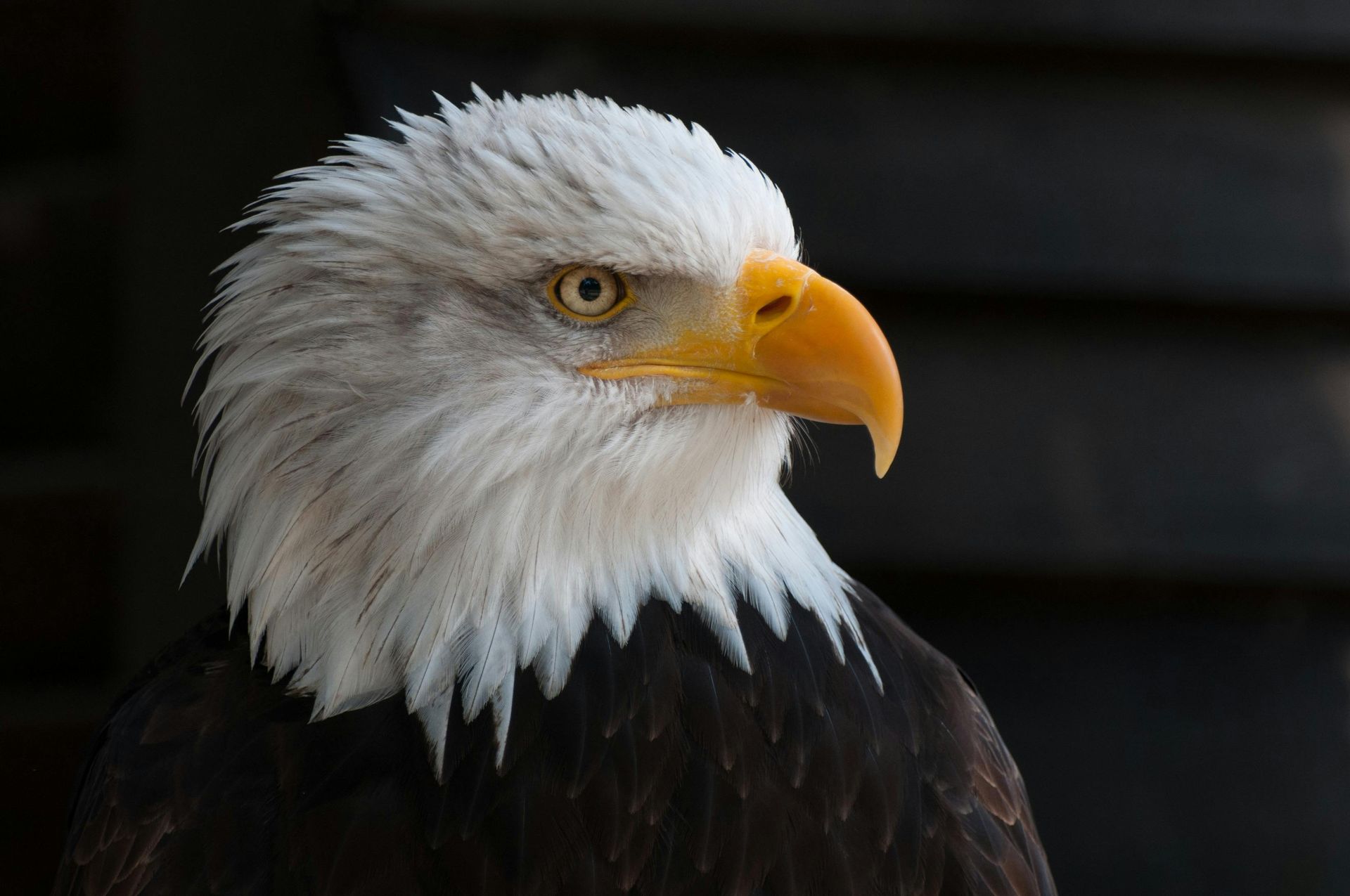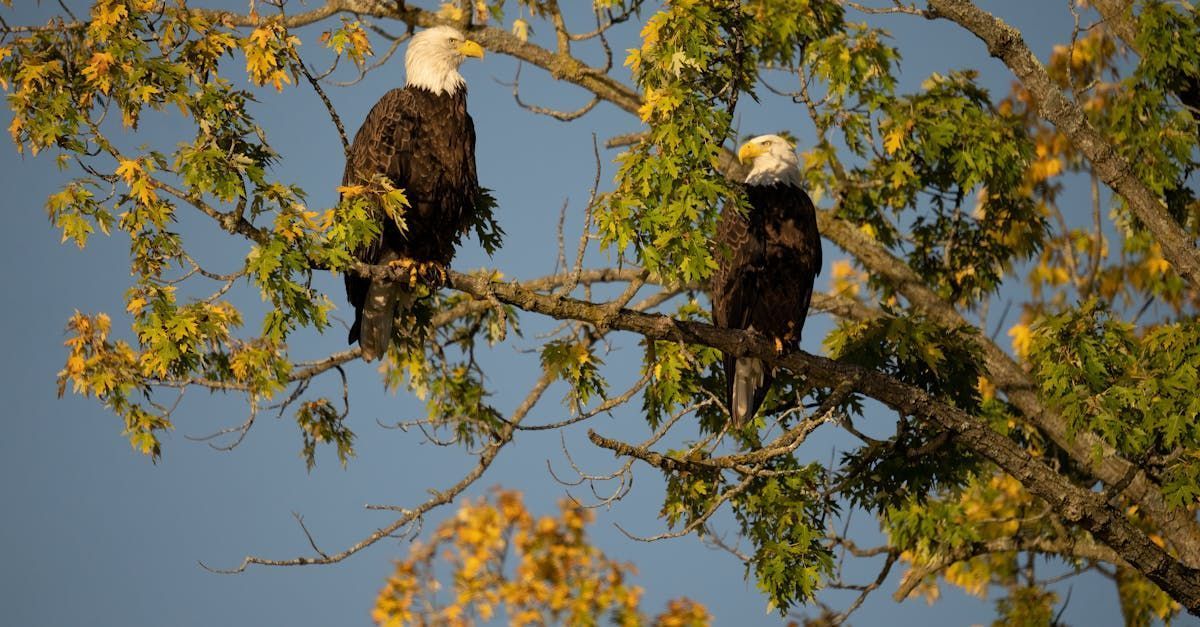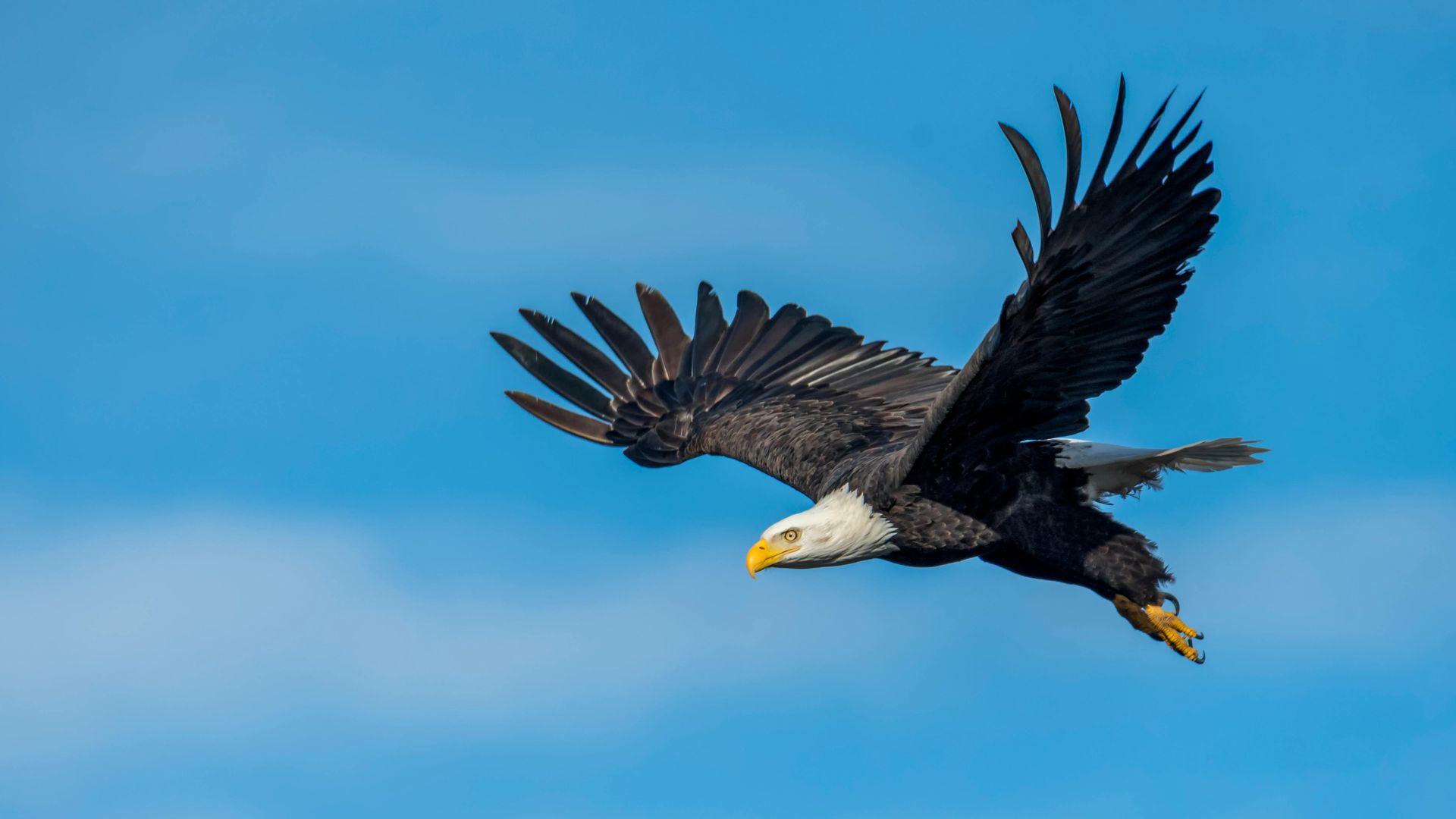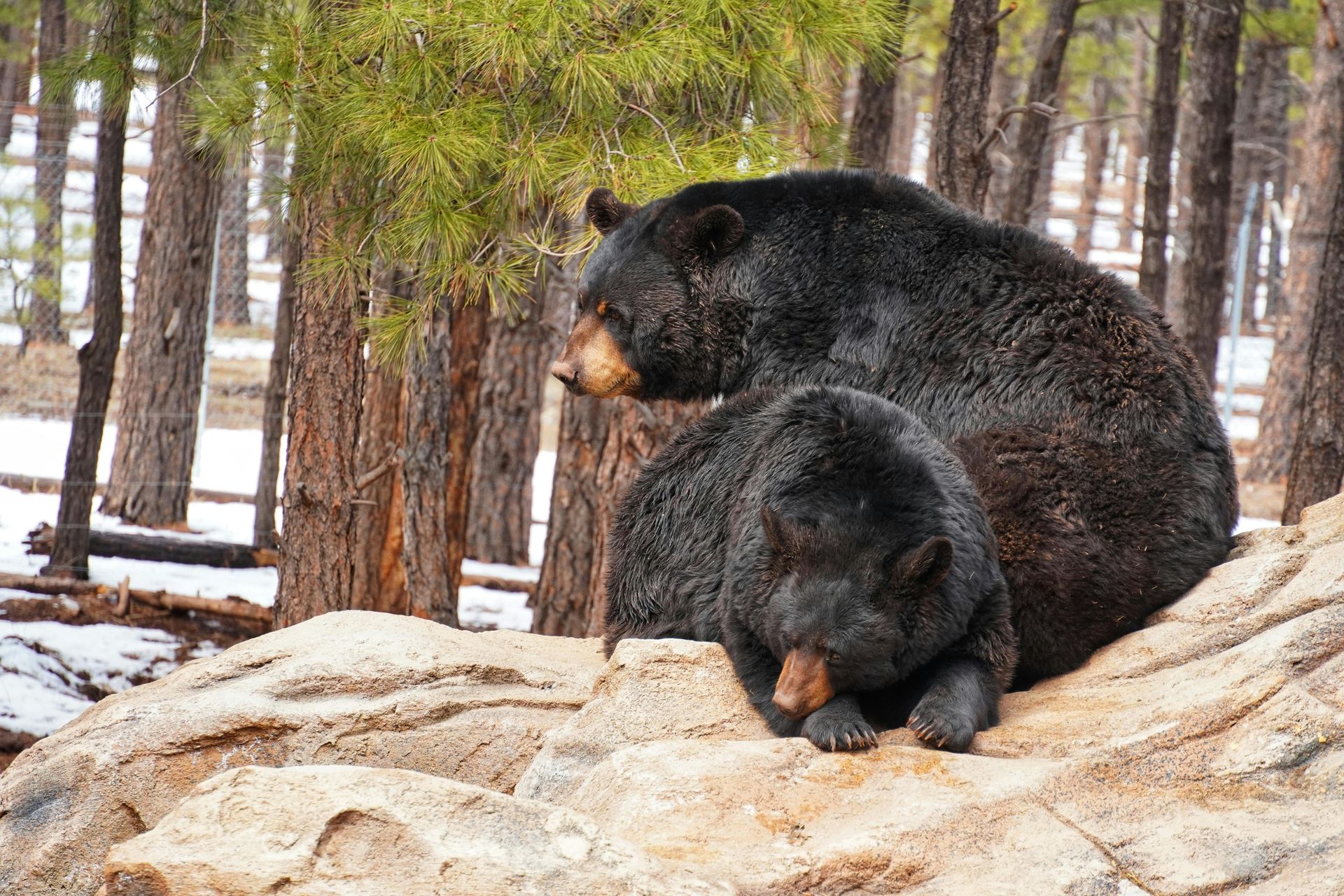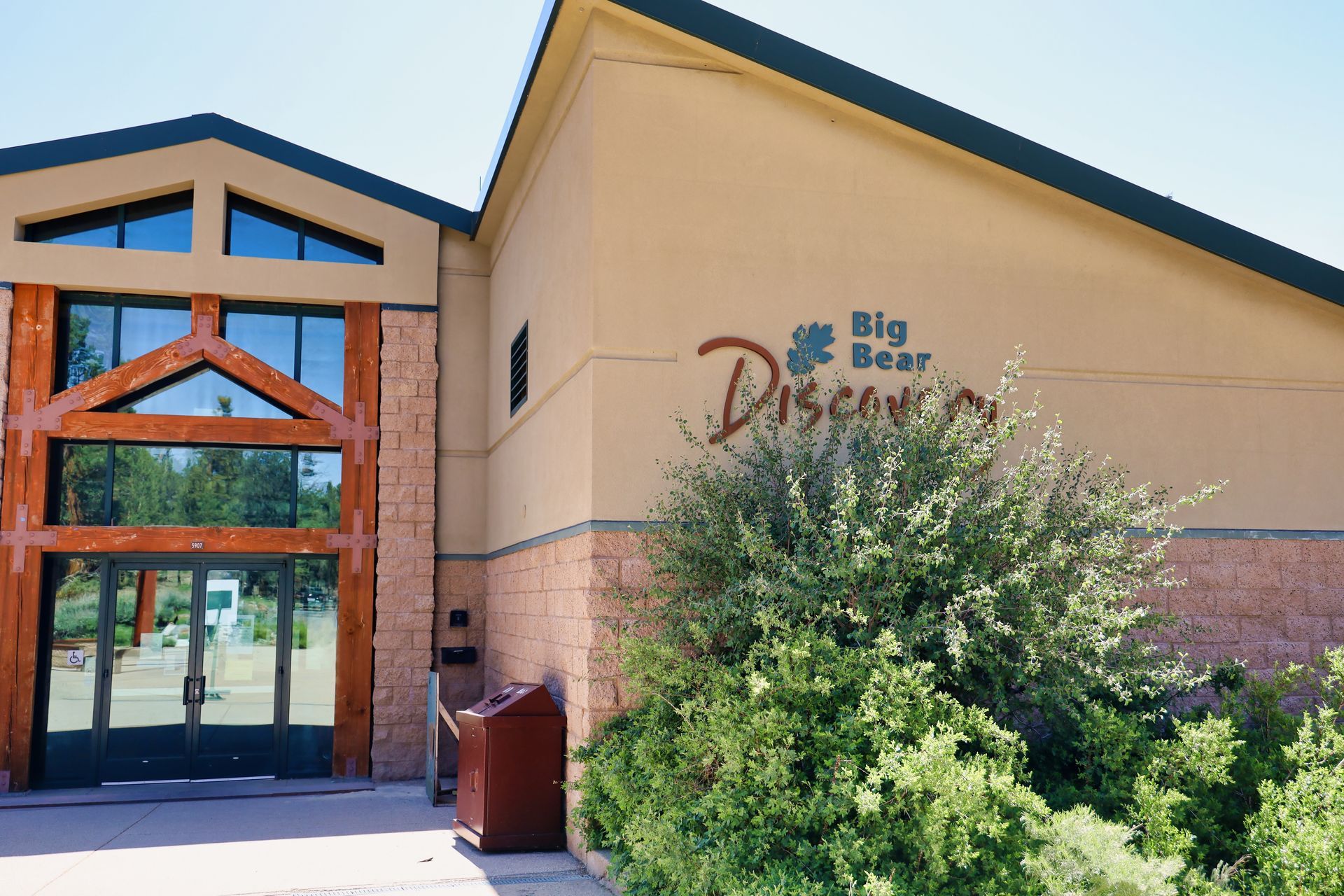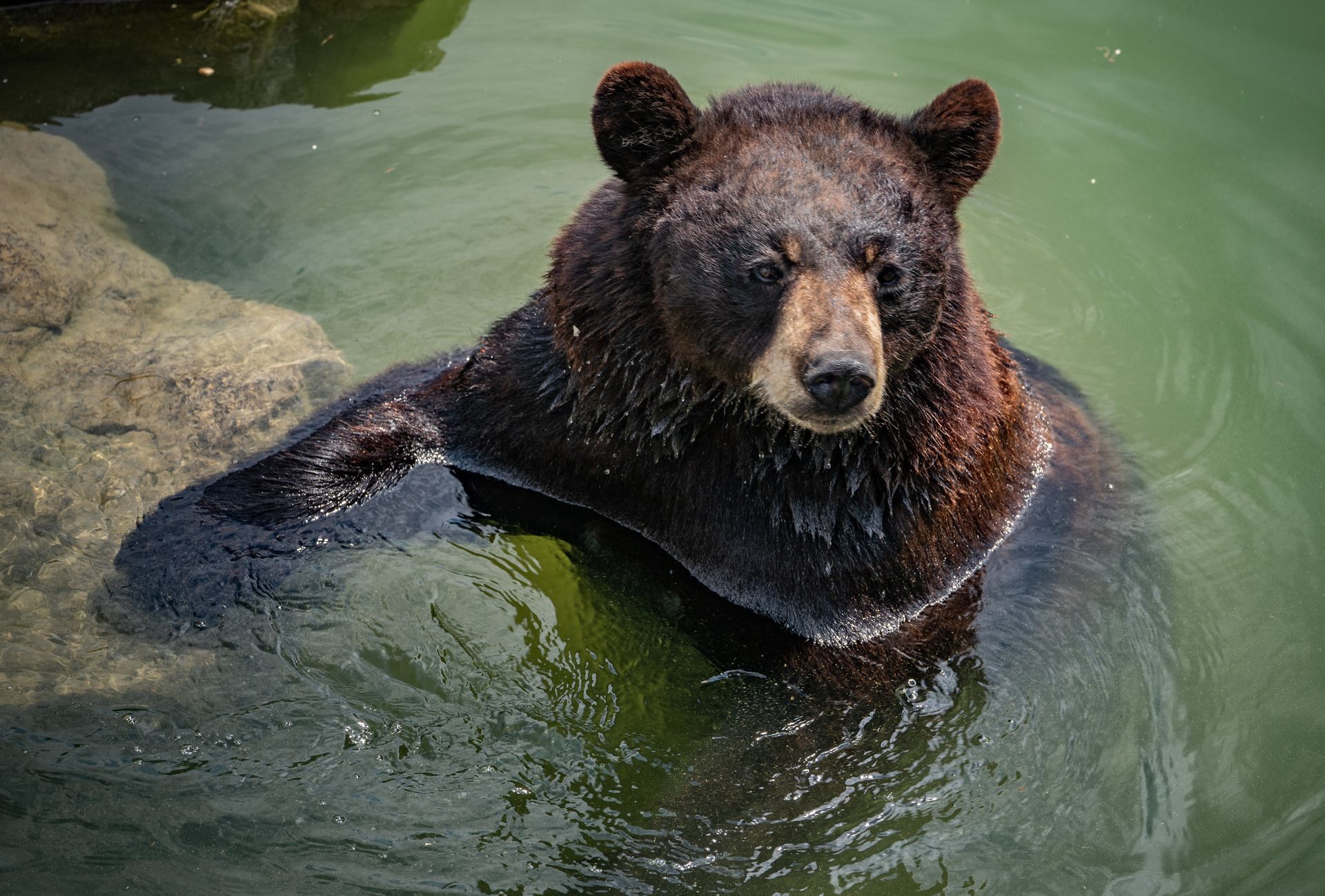Snowshoeing in Big Bear Lake | Trails & Winter Tips
By Discover Big Bear Lake • October 21, 2025

❄️ This article is part of our Winter in Big Bear Lake Guide, where you’ll find snow updates, road tips, and the best things to do during the winter season.
What Is Snowshoeing?
Snowshoeing is one of the most peaceful ways to explore Big Bear Lake in winter — no lift lines, no engines, just the crunch of fresh snow beneath your feet. With a pair of snowshoes, you can hike on top of snowpack, making it easier to traverse forest trails and meadows that would otherwise be impassable after a storm.
If you can hike, you can snowshoe — and Big Bear Lake offers some of the best accessible alpine snowshoeing in Southern California.
Do Trails Stay Open in Winter?
Yes —
most Big Bear Lake trails remain open year-round, even under snow. The region sits at 6,700–7,000 feet in the
San Bernardino National Forest, where the U.S. Forest Service maintains hundreds of miles of multi-use trails open for hiking and snowshoeing.
🔗 San Bernardino National Forest – Current Conditions (USFS)
However, winter terrain can be unpredictable. Snow depth varies drastically depending on elevation and recent storms. Trails that are easy in summer can feel much tougher when snow-covered or icy. Be prepared for slick footing, hidden obstacles, and colder temps — but also recognize the opportunity: bluebird days, quiet forests, and breathtaking lake views are common, since Big Bear often enjoys clear, sunny winter weather between storms.
Where to Go Snowshoeing in Big Bear Lake
Here are a few popular local trails that visitors regularly enjoy on snowshoes:
🌲 Pine Knot Trail (Trail 1E01)
A classic 6-mile round-trip hike starting from Aspen Glen Picnic Area, Pine Knot winds through Jeffrey pines to
Grand View Point. The Forest Service lists parts of this trail as open year-round, though conditions can vary.
🔗
USFS Trail Info
🏔 Cougar Crest Trail
This moderate route climbs gently toward the Pacific Crest Trail with stunning lake vistas. The trailhead lies just west of the Big Bear Discovery Center and is generally accessible all winter unless heavy snow closes the parking area.
🪵 Castle Rock Trail
Short but steep, this local favorite starts near Boulder Bay. In deep snow it’s a great cardio workout and rewards you with one of the best panoramic views of the lake. Use caution on icy rocks.
🚶♀️ Town Trail & Snow Summit Area
Near Snow Summit Resort, the Town Trail offers a gentle 3-mile round-trip snowshoe option through shaded forest. Because it sits lower, it often holds just the right amount of snow for beginners.
🌅 Alpine Pedal Path
Flat and scenic, this paved lakeside path on the north shore is perfect for easy snowshoeing when snow covers the asphalt. Parking is at Stanfield Cutoff or Juniper Point.
Start at the Big Bear Discovery Center
If you’re new to the area, stop by the Big Bear Discovery Center first. Staff can provide up-to-date trail and weather information, plus guidance on where snow levels are best for snowshoeing.
📍
Big Bear Discovery Center
40971 North Shore Dr, Fawnskin CA 92333
🔗
Visit our Discovery Center Page
They also sell Adventure Passes (required for parking at most trailheads on National Forest land) and can direct you to current maps, safety guidelines, and closures.
Understanding the Adventure Pass
When parking at trailheads or picnic areas in the San Bernardino National Forest, you’ll need to display an Adventure Pass or equivalent federal recreation pass.
- Daily Pass: $5
- Annual Pass: $30
- Available locally at the Discovery Center, visitor stations, or online.
You can read our detailed guide here:
👉 Do I Need an Adventure Pass to Hike in Big Bear?
Snowshoe Rentals & Tours
Don’t have your own gear? No problem — several local shops rent snowshoes and poles:
- Goldsmiths Sports – 42071 Big Bear Blvd
- TC Ride Shop – Big Bear Lake Village
- Bear Valley Bikes – for cross-country setups and casual snow play
Some outfitters even offer guided snowshoe tours, which include equipment and a knowledgeable local guide — a great way to get started safely.
Tips for a Safe & Fun Day
- Dress in layers. Big Bear’s sun can be warm even when it’s freezing.
- Check conditions. After storms, trails may be packed snow or ice.
- Bring water and snacks. Altitude can dehydrate you quickly.
- Don’t walk on frozen lake ice. It’s illegal and unsafe (San Bernardino County Code 52.0502).
- Pack it in, pack it out. Follow Leave No Trace principles to protect this beautiful mountain environment.
Final Thoughts
Snowshoeing in Big Bear Lake combines accessibility and adventure — just a few hours from Los Angeles, you can step into a snowy alpine world. While conditions can be rugged right after storms, our sunny, high-altitude climate means you’ll often find ideal snowshoeing weather within days.
Start at the Discovery Center, grab your Adventure Pass, and explore one of the many trails that stay open all winter long. Whether you’re a first-timer or a seasoned winter hiker, Big Bear’s snowy trails are waiting.
Want more local tips for visiting during snow season?
Check out our Winter in Big Bear Lake guide → for updates on road conditions, snow play, winter hikes, and where to stay warm after a day in the snow.
Newsletter Signup
Sign up to receive newsletters and announcements from Discover Big Bear Lake
Join our newsletter!
Thank you for joining!
Please try again later.
SHARE THIS
